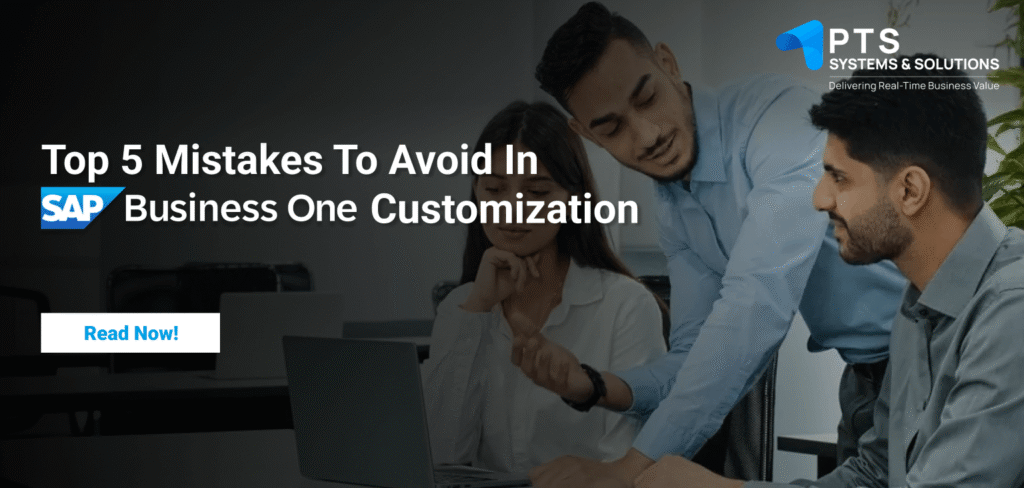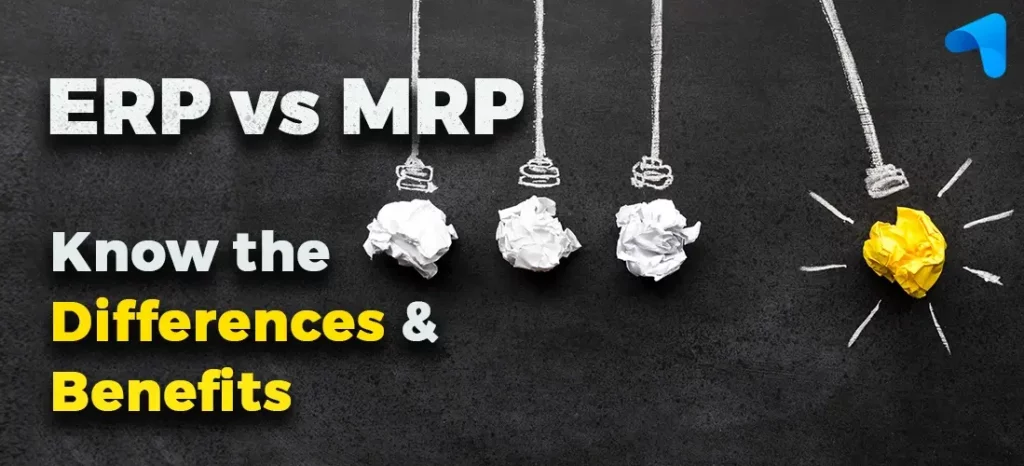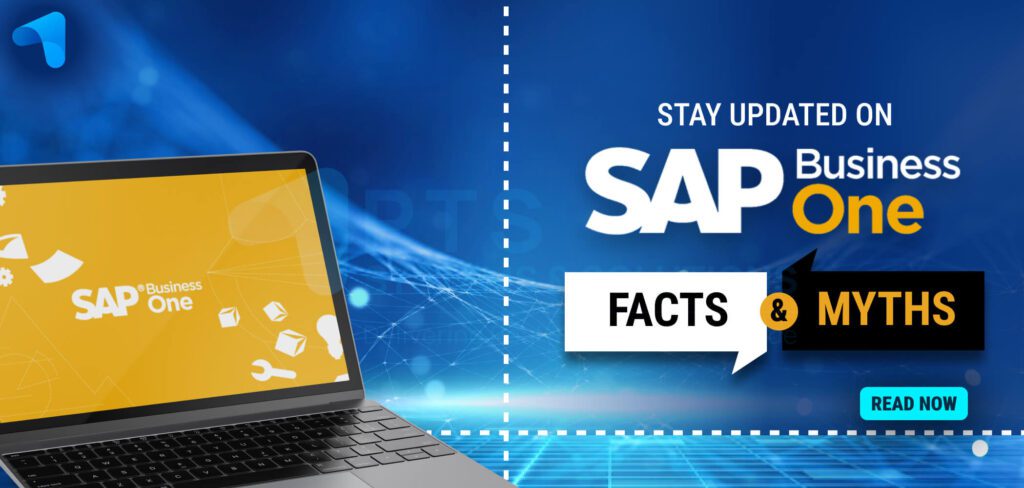Top 5 Mistakes to Avoid in SAP Business One Customization
SAP Business One (SAP B1) is one of the most reliable ERP systems for SMEs and growing businesses. However, when it comes to customization, even small missteps can lead to long-term inefficiencies, system instability, and rising costs.
This blog outlines the top five mistakes companies make when customizing SAP Business One, along with best practices to ensure your ERP system remains efficient, scalable, and upgrade-friendly. It also highlights the importance of choosing the right SAP Partner for successful implementation and customization.
Why Customizing SAP Business One Requires Caution
Understanding the Difference: Configuration vs. Customization
SAP Business One offers robust configuration options, including User-Defined Fields (UDFs), Queries, Alerts, and Workflows. These do not affect the system’s core. Customization, however, involves altering SAP B1’s internal logic using the SDK, APIs, or third-party tools, which demands a higher level of technical scrutiny and governance.
Risks of Poor Customization
Common risks include:
- Disruption during upgrades
- Reduced system performance
- Incompatibility with third-party integrations
- Overdependence on specific developers
- Increased long-term cost of ownership
Mistake #1: Over-Customizing Core Modules
The Tendency to Overdo It
Many businesses try to replicate every detail of their legacy systems in SAP B1. While the intention is to maintain familiarity, over-customizing often introduces unnecessary complexity.
Example: Sales & Inventory Overhaul
Over-customizing the Sales Order module with complex validations and approvals may initially seem efficient. However, such excessive logic often slows down processing, impacts UI performance, and creates maintainability issues.
Impact on System Upgrades and Maintenance
Customizations tied to core modules are likely to break during SAP B1 version upgrades, leading to downtime and costly patches. They also increase the effort required for testing and revalidation.
Mistake #2: Ignoring SAP B1 Development Best Practices
Avoiding the SDK and Standard APIs
Directly writing to the SAP database or bypassing SAP’s SDK/Service Layer can compromise data integrity and system security. SAP provides development tools for a reason—using anything else is not only unsupported but also risky.
Lack of Version Control and Documentation
Without version control systems (e.g., Git) and proper documentation, managing custom code becomes a challenge—especially if your development team changes. Every line of code must be traceable and well-commented.
Mistake #3: Not Planning for Scalability and Growth
Short-Term Customization vs. Long-Term Business Goals
Designing your ERP for current needs without considering business expansion can result in expensive rework. Your customization must be flexible and scalable.
Example: Limited Role-Based Access
If your custom approval workflows or reporting dashboards are built around a fixed user count or hierarchy, they may become irrelevant as the team expands or roles evolve.
Aligning Customization with the Business Roadmap
Ensure every customization supports future goals such as multi-branch operations, growing user base, or global expansion. Your ERP should grow with your business.
Mistake #4: Skipping End-User Training and UAT
Lack of User Involvement
End-users are often excluded from the customization process. As a result, the final system may not meet their expectations or fit into day-to-day workflows.
Importance of User Acceptance Testing (UAT)
Thorough UAT helps simulate real-world usage and uncover gaps before going live. Skipping this step increases the likelihood of errors during production and reduces user adoption.
Mistake #5: Working with the Wrong SAP Partner or Developer
Lack of Domain and SAP-Specific Expertise
Not every IT vendor is equipped to handle SAP ERP projects. Poorly implemented customizations by non-certified or inexperienced developers can lead to performance bottlenecks and functional limitations.
Benefits of Engaging Certified SAP Consultants
Working with an SAP-certified partner ensures:
- Best practice implementation
- Compliance with SAP B1 guidelines
- Scalable architecture
- Faster issue resolution
- Long-term support and AMC services
Best Practices for SAP Business One Customization
Involve Cross-Functional Teams
Customization should be a collaborative effort across departments—operations, finance, procurement, and sales. Each function brings critical insights into system workflows.
Leverage Existing SAP Add-Ons
Before custom-developing, evaluate SAP-certified add-ons that meet your requirements. They are tested, supported, and easily integrated.
Follow SAP’s SDK Guidelines
Ensure all custom code adheres to SAP’s SDK standards. Establish clear coding conventions, use version control, and maintain proper documentation to support future changes and audits.
About PTS Systems & Solutions Pvt. Ltd.
PTS Systems & Solutions Pvt. Ltd. is a leading SAP Business One implementation partner in India, known for delivering smart, scalable ERP solutions. With over 11 years of experience, we have helped SMEs and large enterprises across industries streamline operations through intelligent SAP B1 customization and consulting.
Our key offerings include:
- SAP B1 Licensing and Implementation
- Advanced Customization via SDK and Service Layer APIs
- ERP Add-On Development
- System Audits, Training, and AMC Support
Operating from Mumbai and Pune, we serve clients pan India with industry-specific ERP expertise in manufacturing, trading, retail, logistics, and more.
Need help customizing SAP Business One the right way? Contact our experts today.
Conclusion
SAP Business One customization, when done right, is a strategic asset. But when rushed, poorly managed, or over-engineered, it turns into a liability. By avoiding the common mistakes outlined above and partnering with certified experts like PTS Systems & Solutions Pvt. Ltd., your organization can unlock the true potential of SAP B1.
Approach customization with a long-term vision, involve your users, follow development best practices, and make informed decisions to ensure a future-ready ERP system.
FAQs
1. Is customization mandatory in SAP Business One?
No. Many business needs can be met through configuration. Customization should only be considered when standard features do not suffice.
2. Can poor customization affect SAP upgrades?
Yes. Excessive or poorly structured customizations often lead to complications during system upgrades, requiring additional testing and redevelopment.
3. How do I ensure customization doesn't affect performance?
Follow SAP’s SDK guidelines, avoid altering core modules, and perform thorough testing in a sandbox environment before deployment.
4. What is the typical cost of SAP Business One customization in India?
Costs vary based on complexity. Basic customizations may start around ₹50,000, while advanced integrations and workflows can cost ₹2–5 lakhs or more.
5. Why should I choose PTS Systems & Solutions as my SAP Partner?
PTS Systems & Solutions offers certified consultants, 11+ years of experience, domain expertise across industries, and complete ERP lifecycle support — from implementation to optimization.
Book a Free ERP Consultation Today!
Let our experts guide you through a tailored ERP roadmap that aligns with your growth plans.
👁 100 Views




